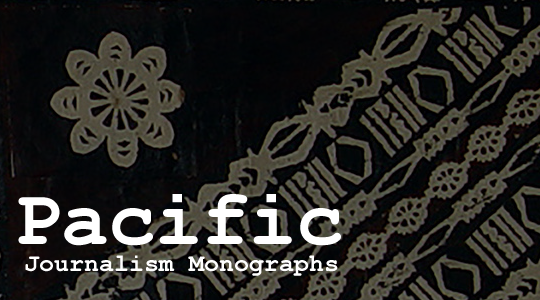The dichotomy of China Global Television Network’s news coverage
Abstract
Although much is made of the universalisation of ‘US-style’ journalism around the world and Chinese journalists’ shared professional values with counterparts in liberal-democratic countries (Zhang, 2009), the effect of these trends on journalism in China is yet to be fully explored. Using the 2015 Tianjin blasts as a case study, this article investigates China Global Television Network (CGTN) and CNN International’s coverage of the disaster. The empirical study finds that despite their overlapping news values, the two networks’ opposing ideological objectives contributed to different framings of the Tianjin blasts. Although CGTN, as a symbol of Chinese media’s presence on the world stage, has clearly travelled far from its past era of party-line journalism, it still hesitates to apportion responsibility to those in power. The authors argue that CGTN is increasingly torn by its dichotomous role as a credible media competing for audience attention on the world stage, and a vital government propaganda organ domestically.
Downloads
Metrics

Copyright (c) 2019 Thomas Fearon, Usha M. Rodrigues

This work is licensed under a Creative Commons Attribution-NonCommercial 4.0 International License.















